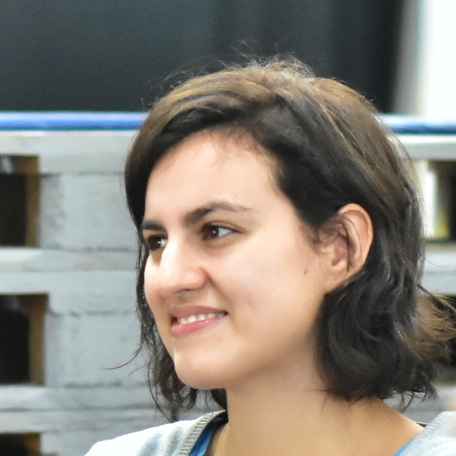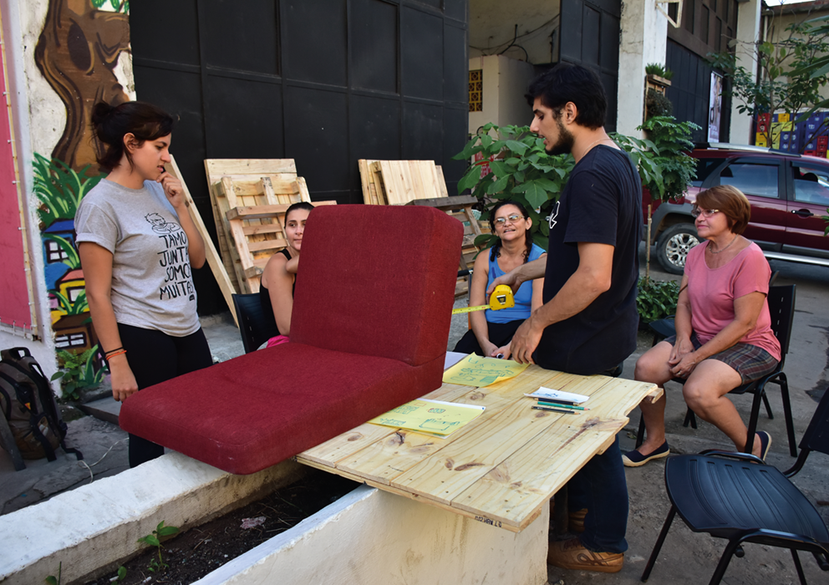
From interaction to correspondence: understanding everyday life performance to develop codesign as a relational practice.
This research outlines recent practices of co-production in design and architecture with activists from urban peripheries aiming to find possible answers for the following question: how could designers play a role of relational practitioners, rather than only problem-solvers in collaborative processes carried out in spaces of urban metropolises?
Designers are mainly stimulated to create and build, by engaging in projects that have a starting point, a middle, and a result, instead of building an “education of attention” (Ingold 2001) and keeping processes alive in inhabitants hands. In this sense, this research argues for a codesign practice based on correspondence, that is relational and acknowledges the juxtaposition of the existing differences in such environments – including cultural, economic, and political aspects. Therefore, to acquire such attributes, the research places its theoretical background on the relations between anthropology, design, urban studies, and performative urbanism.
